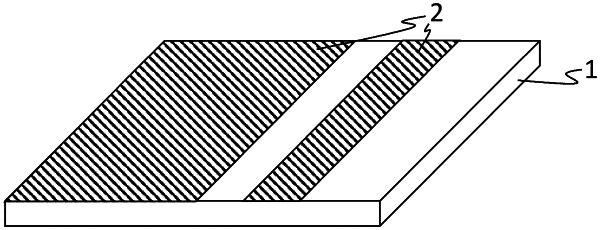| CPC C03C 17/007 (2013.01) [C03C 3/078 (2013.01); C03C 3/083 (2013.01); C03C 3/085 (2013.01); C03C 3/087 (2013.01); C03C 3/089 (2013.01); C03C 3/091 (2013.01); C03C 3/093 (2013.01); C03C 3/11 (2013.01); C03C 3/112 (2013.01); C03C 3/115 (2013.01); C03C 3/118 (2013.01); C03C 4/02 (2013.01); C03C 8/02 (2013.01); C03C 8/04 (2013.01); C03C 8/06 (2013.01); C03C 8/14 (2013.01); C03C 10/0018 (2013.01); C03C 10/0027 (2013.01); C03C 10/0054 (2013.01); C03C 10/16 (2013.01); C03C 17/008 (2013.01); F24C 15/04 (2013.01); C03C 11/007 (2013.01); C03C 2204/00 (2013.01); C03C 2207/00 (2013.01); C03C 2217/425 (2013.01); C03C 2217/452 (2013.01); C03C 2217/485 (2013.01); C03C 2218/11 (2013.01); C03C 2218/32 (2013.01); C03C 2218/34 (2013.01)] | 22 Claims |

|
1. A method for coating a glass or glass ceramic substrate, comprising the steps of:
preparing a suspension comprising a glass powder and an agent that decomposes upon temperature increase to form a volatile substance;
applying the suspension to the glass or glass ceramic substrate so that at least part of the substrate is covered by the suspension;
fixing the suspension applied on the substrate at a first temperature between 0° C. and 300° C. to form a substrate with a fixed suspension;
annealing the substrate with the fixed suspension at a second temperature between 450° C. and 900° C. so that the glass particles melt and the agent decomposes to form the volatile substance and to cause formation of a coated substrate with an enamel coating that has closed pores; and
cooling the coated substrate to room temperature.
|